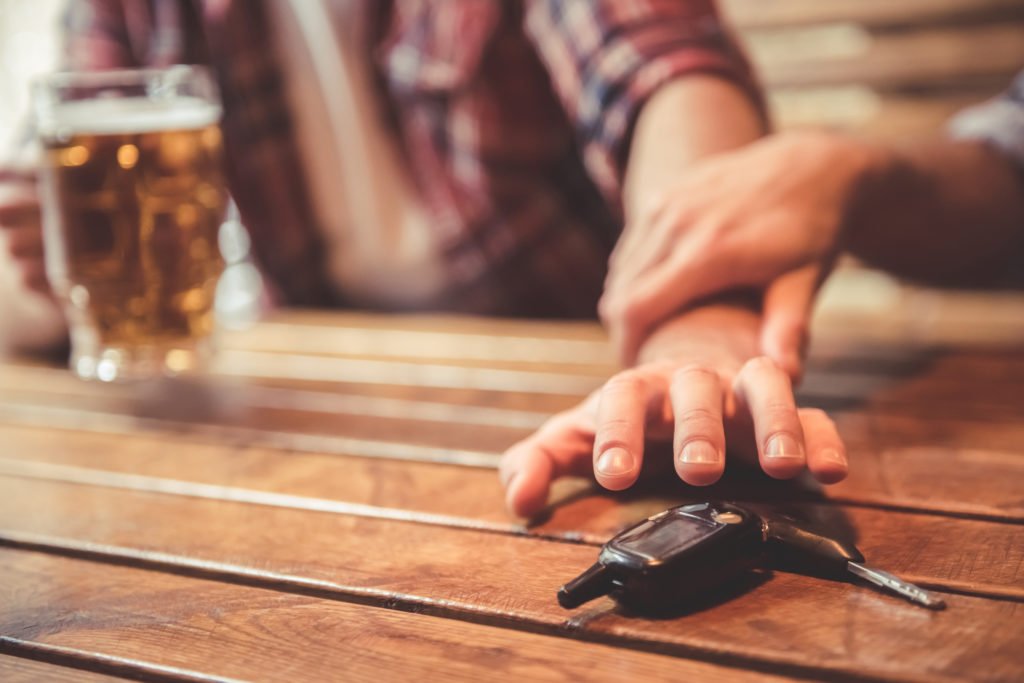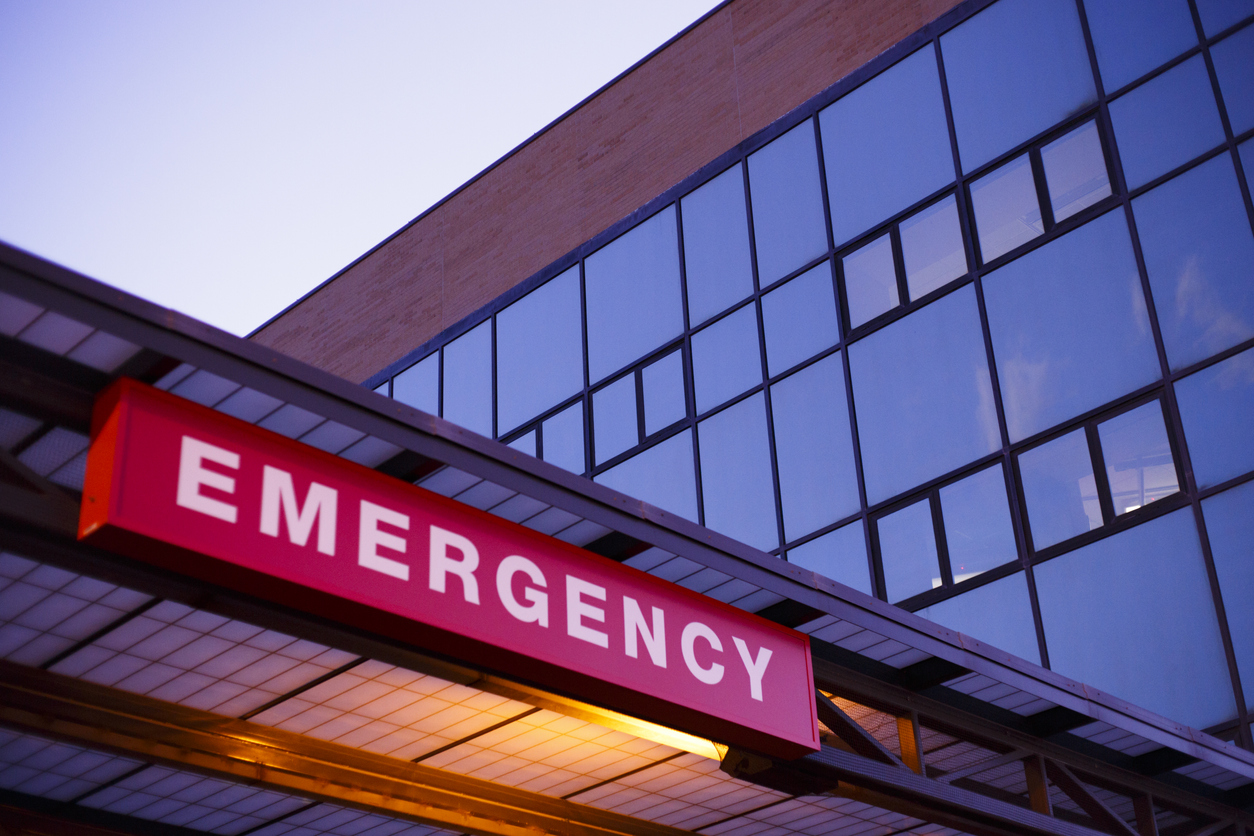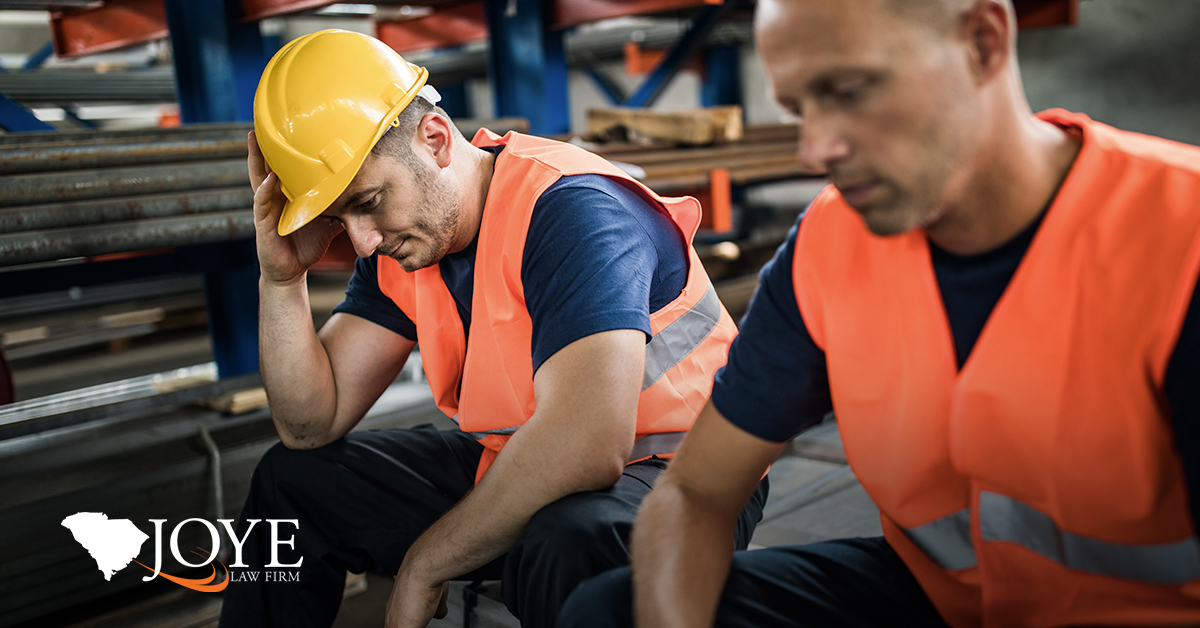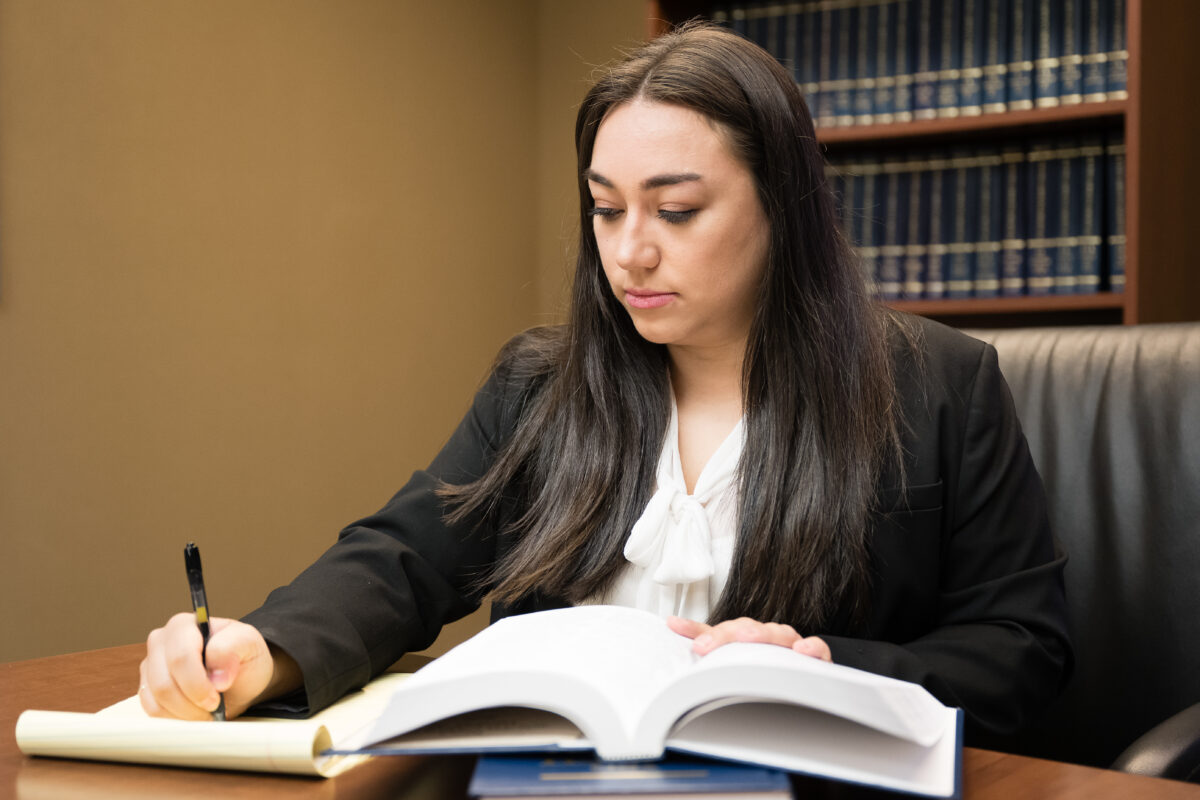
Most individuals put their loved ones in nursing homes because they feel a personal residence is too dangerous and the individual is unable to care for himself or herself. Perhaps the loved one already experienced a fall at home, and this led to the decision to place him or her in a nursing home.
But are nursing homes truly safer locations for older individuals when it comes to falls? According to government statistics, the answer seems to be “no.”
How Big of a Problem are Nursing Home Falls?
Although nursing home falls may not receive much media attention, statistics maintained by the Nursing Home Abuse Center clearly show that nursing home residents experience falls at a significant rate:
- Although only 5 percent of adults over the age of 65 live in nursing homes, nursing home residents make up 20 percent of fall-related deaths in this age group.
- A typical nursing home with about 100 beds available for residents reports between 100 to 200 falls each year.
- The average nursing home resident will fall 2.6 times per year.
- 50 to 75 percent of nursing home residents will fall in the nursing home each year.
Preventing falls among the elderly begins with identifying some of the common causes of nursing home falls. Once these causes are identified, then steps can be taken to address them and reduce the high rate of injury among a segment of the elderly population.
How Serious are These Falls?
The CDC’s statistics show that the falls suffered by nursing home residents are not trivial. About 1,800 people living in nursing homes die from falls each year. Ten to 20 percent of fall victims suffer serious injuries, and 2 to 6 percent result in bone fractures.
Aside from the physical consequences, the quality of life of nursing home residents who suffer falls often declines as they become fearful of suffering future falls, feel helpless or feel isolated.
Common Causes of Nursing Home Falls
Although you might think that nursing homes would be designed in such a way to reduce the risk of a fall to residents, many slip and trip hazards can still exist in a nursing home. These include environmental hazards such as:
- Carpets or rugs that can tangle and trip a resident
- Wet or slippery floors, either because a floor has been recently cleaned and is still wet or because a staff member or resident spilled food or drink
- Sheets or other obstacles on the floor that can cause a slip and fall or a trip and fall
- Stairs that are poorly lit, not wide enough for safe travel, or that have obstacles on them
The CDC estimates that environmental hazards are responsible for between 16 and 27 percent of all nursing home falls. In addition, the age of many nursing home residents presents a risk factor that can increase the risk of a serious trip and fall or slip and fall.
As we age, most people experience more difficulty in walking. These problems can be exacerbated by medications that make us drowsy or dizzy. In fact, the CDC estimates that as many as one out of every four nursing home falls is due to muscle weakness or difficulty in walking.
Preventing Falls in Nursing Homes
There are steps that nursing homes and family members can take in order to help reduce the risk of falls among nursing home residents. Of utmost priority should be quickly assessing and providing medical treatment for residents who do suffer a fall and then assessing the reasons for these falls to determine what corrective measures can be taken. Other measures that might assist in reducing the impact of nursing home falls include providing grab bars throughout the facility for patients to reach for when falling, providing hip pads for residents to decrease the incidence rate of hip fractures, and evaluating medications given to residents for their potential to cause dizziness and disorientation prior to giving these medications to residents.
Joye Law Firm is a South Carolina personal injury law firm that is available to assist nursing home residents and their families after a resident suffers a fall in the nursing home. Contact us today by telephone or contact us online to learn what legal rights you and your family may have.






































